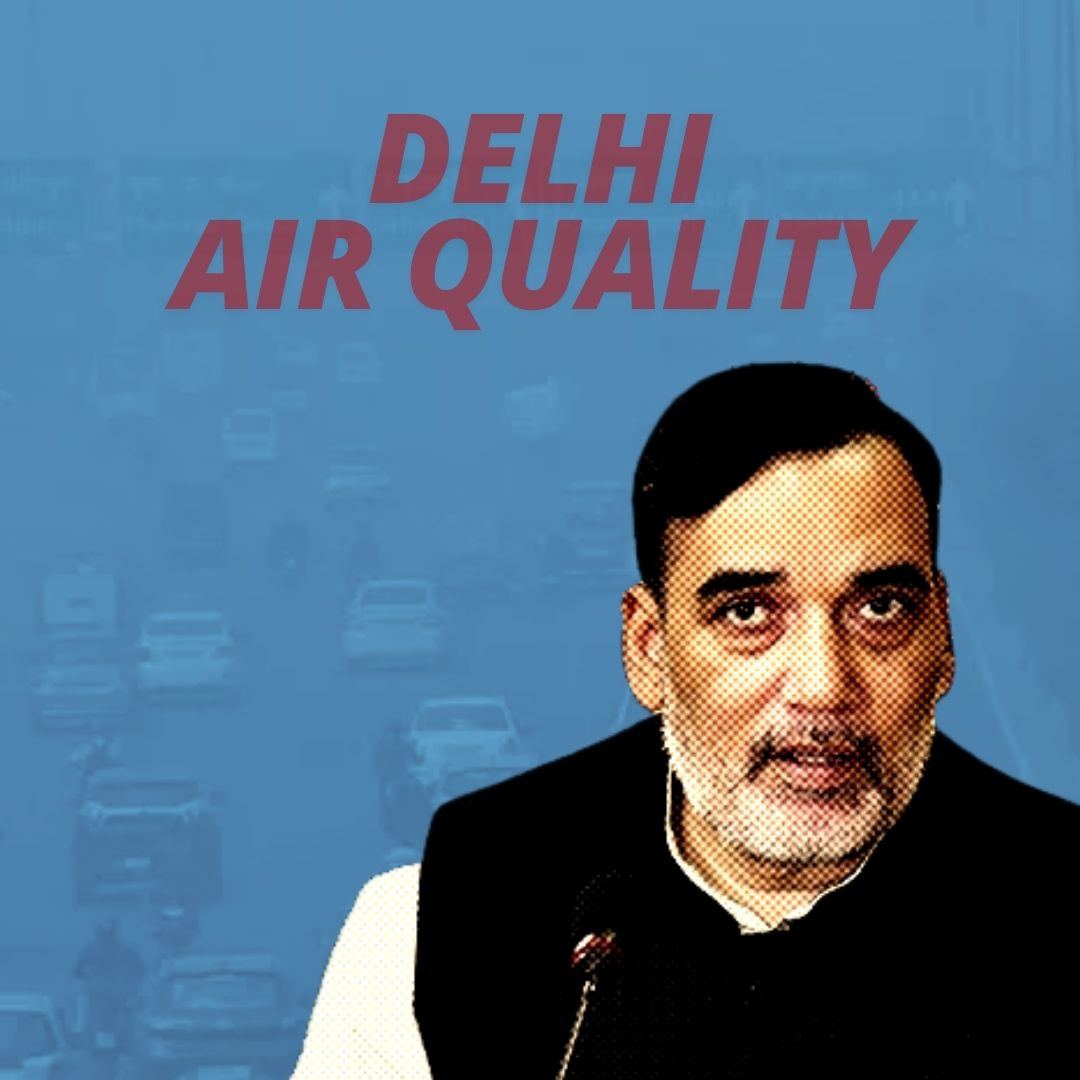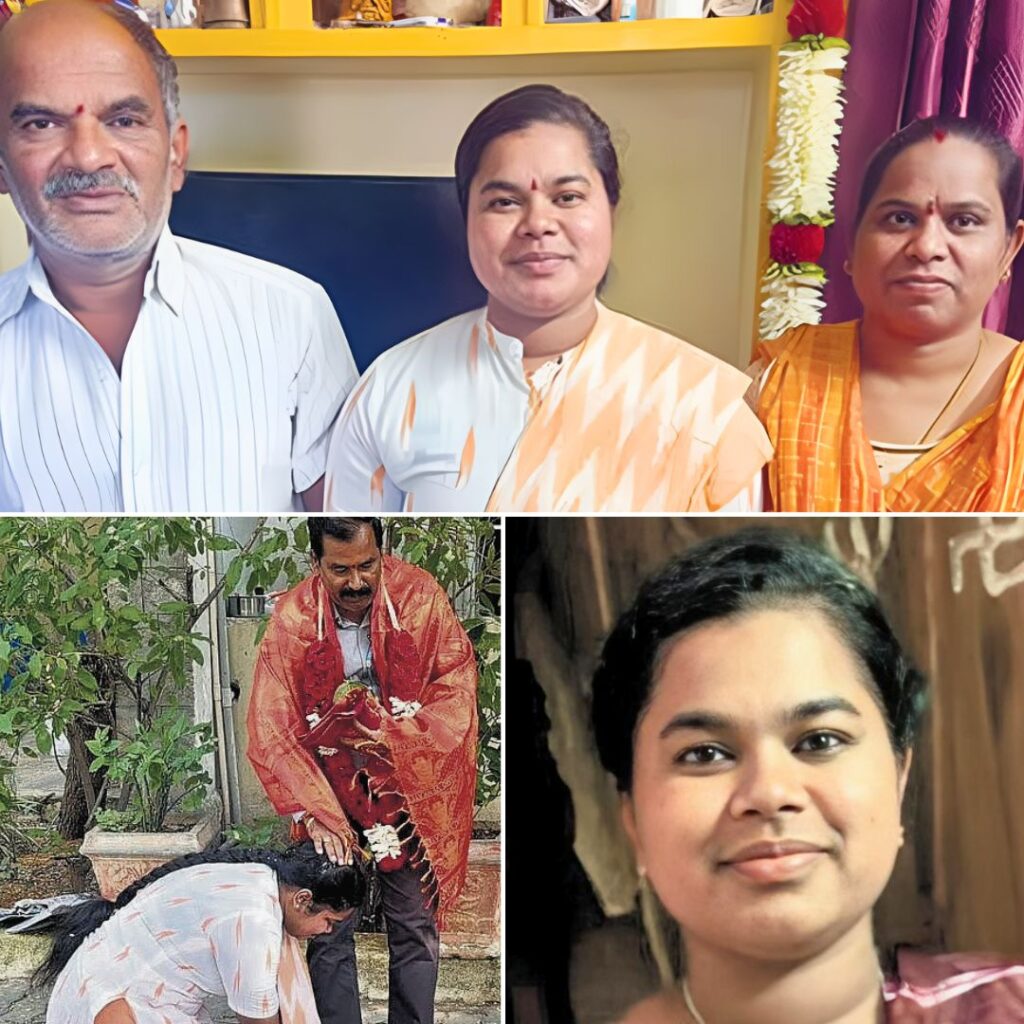Delhi-NCR is currently enveloped in a thick layer of smog, with the Air Quality Index (AQI) reaching alarming levels, peaking at 627 in Anand Vihar on November 14. The Central Pollution Control Board (CPCB) reported an average AQI of 432, categorising it as ‘severe.’ Officials attribute this crisis to a combination of stubble burning in neighbouring states and local vehicular emissions. In response, Delhi’s Environment Minister Gopal Rai announced the deployment of 200 mobile anti-smog guns and increased traffic monitoring to combat pollution, while the Commission for Air Quality Management (CAQM) continues to enforce Stage II of the Graded Response Action Plan (GRAP).
Government’s Immediate Measures
As air quality deteriorates, the Delhi government has activated several measures under Stage II of the GRAP, which includes a ban on coal and firewood use and increased water sprinkling on roads. Minister Gopal Rai stated that an additional 1,800 traffic personnel will be deployed to manage congestion at 97 key locations across the city. Furthermore, the government plans to deploy 200 mobile anti-smog guns to tackle dust pollution effectively. Rai emphasised that these actions are part of a broader strategy to mitigate health risks posed by hazardous air quality, urging residents to limit outdoor activities and wear masks when necessary.
Context of the Pollution Crisis
This severe air quality crisis is not new for Delhi, as the city regularly faces pollution spikes during winter due to stubble burning in Punjab and Haryana, alongside local factors like vehicular emissions and construction dust. The current situation follows a pattern established in previous years where air quality worsens significantly during this season. Despite the CAQM’s implementation of GRAP measures since October, experts argue that these are reactive solutions rather than long-term strategies needed to address the root causes of pollution effectively.
The Logical Indian’s Perspective
The ongoing smog crisis in Delhi highlights the urgent need for sustainable environmental policies that prioritise public health over temporary fixes. While immediate measures like deploying anti-smog guns and traffic management are essential, they must be complemented by long-term strategies addressing pollution sources. It is crucial for citizens and authorities to collaborate on effective solutions that promote cleaner air and healthier living conditions. How can we work together as a community to advocate for lasting change in our air quality management practices?











